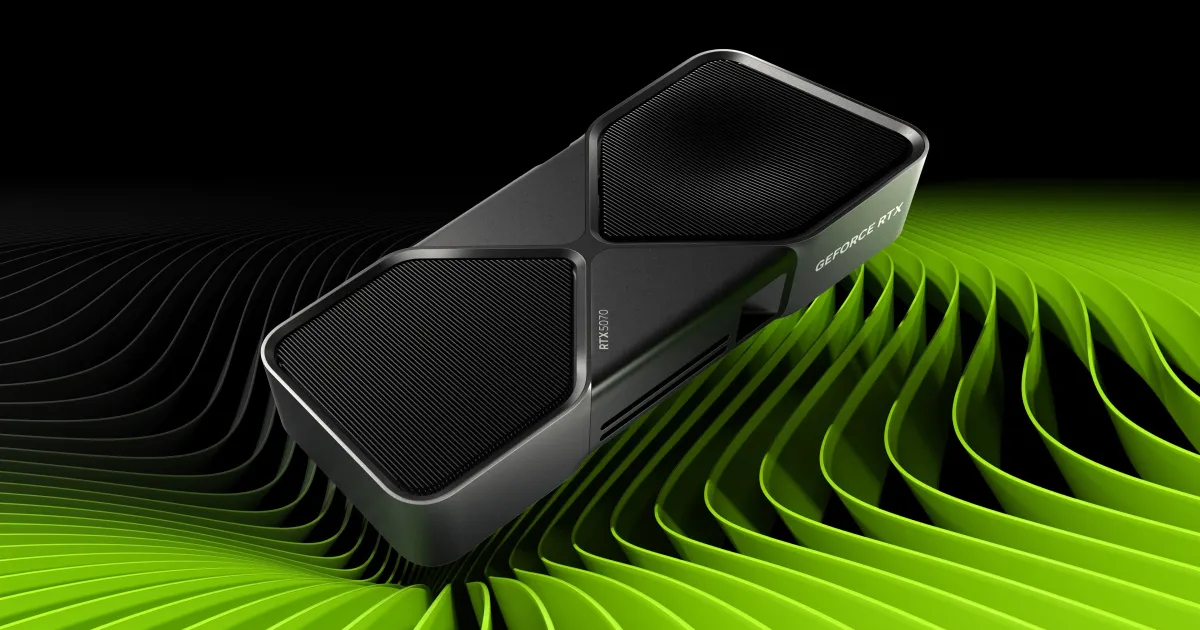The European Space Agency (ESA)’s BepiColombo mission has made another flyby of Mercury, capturing fascinating images of this lesser-studied inner planet. On January 8, 2025, the spacecraft made its sixth flyby of the small planet located close to the sun, taking advantage of the planet’s gravity to adjust its course so it can enter orbit in 2026.
On the flyby, the spacecraft passed within just 180 miles of Mercury’s surface, enabling it to capture close-up images of the planet. It passed the planet’s night side, which faces out into space and away from the sun, then over its north pole before swinging over to see its north hemisphere in the sunlight. The images were captured with the spacecraft’s three monitoring cameras, called M-CAM 1, 2, and 3, which take black-and-white images with a resolution of 1024 x 1024. Despite this relatively low resolution, the images are still scientifically valuable as they show many of the planet’s surface features.
There won’t be any more close-up images of Mercury from the monitoring cameras in the future, as the spacecraft is scheduled to split into several different parts. In addition to the Mercury Transfer Module, which is the part of the spacecraft that is responsible for carrying the mission to Mercury, there are also two orbiters called the Mercury Planetary Orbiter and the Mercury Magnetospheric Orbiter, which will split off to enter orbit. As the monitoring cameras are on the Mercury Transfer Module, they won’t get the chance to take any more images of Mercury.
The images taken show the craters covering the surface, including those at the planet’s north pole, which are steep enough that their floors are in perpetual darkness. These dark regions could contain water ice, and investigating this possibility is a major aim for the mission.
It’s also not known exactly what Mercury is made of, so studying its composition in more detail is another aim for the mission and should help explain how the planet formed.









